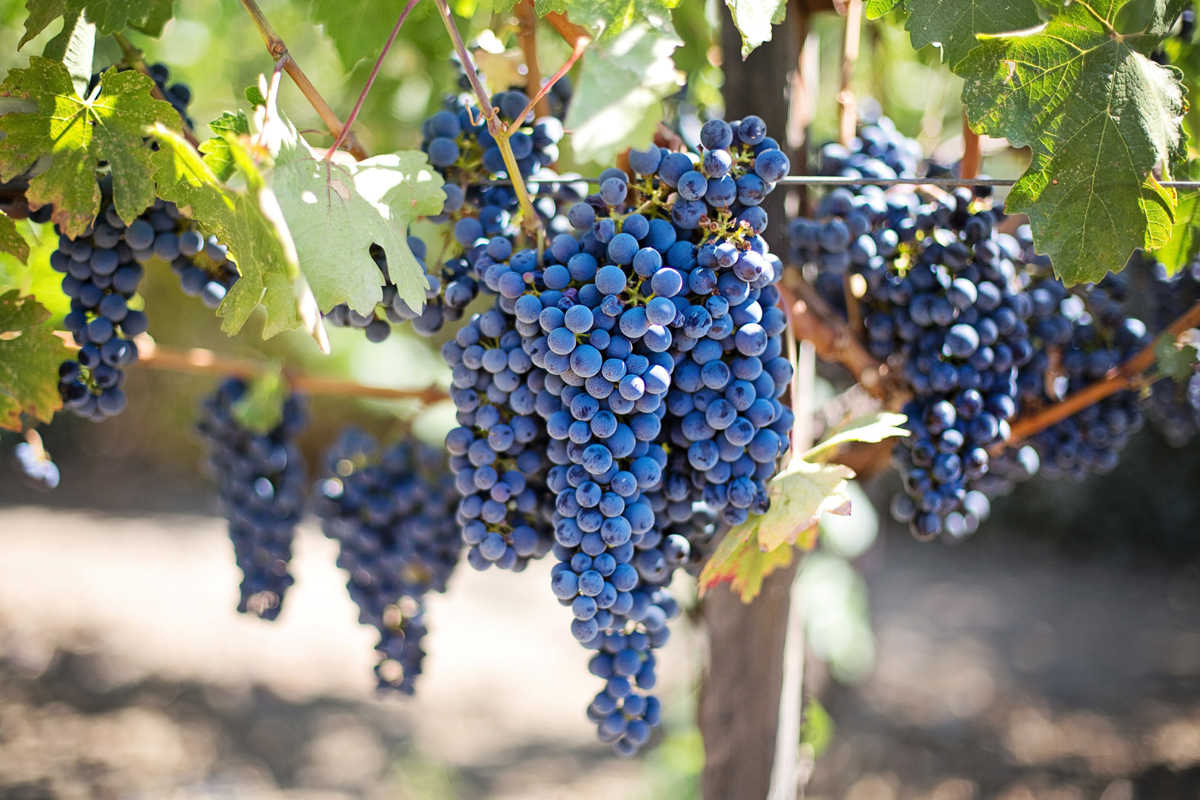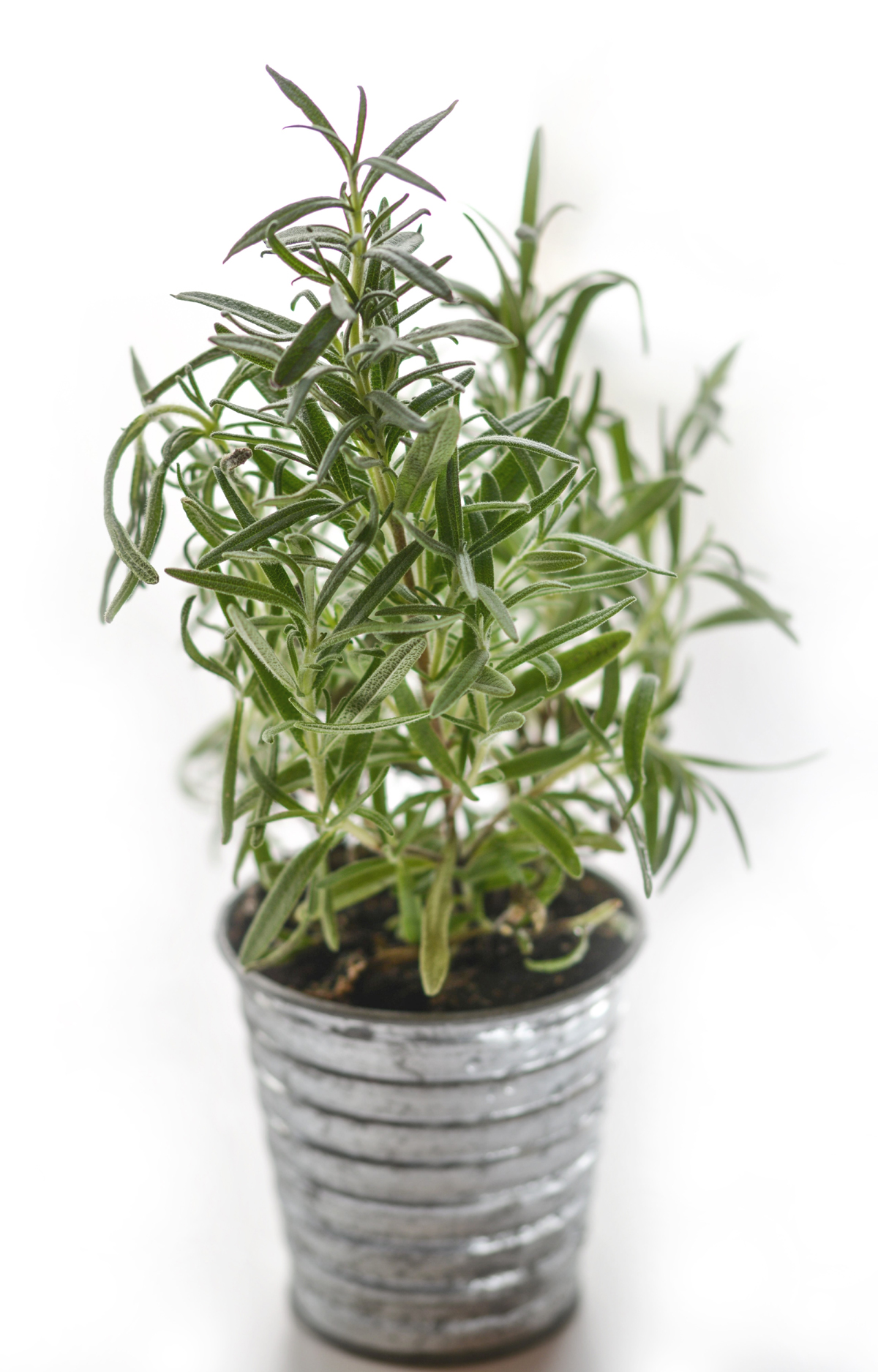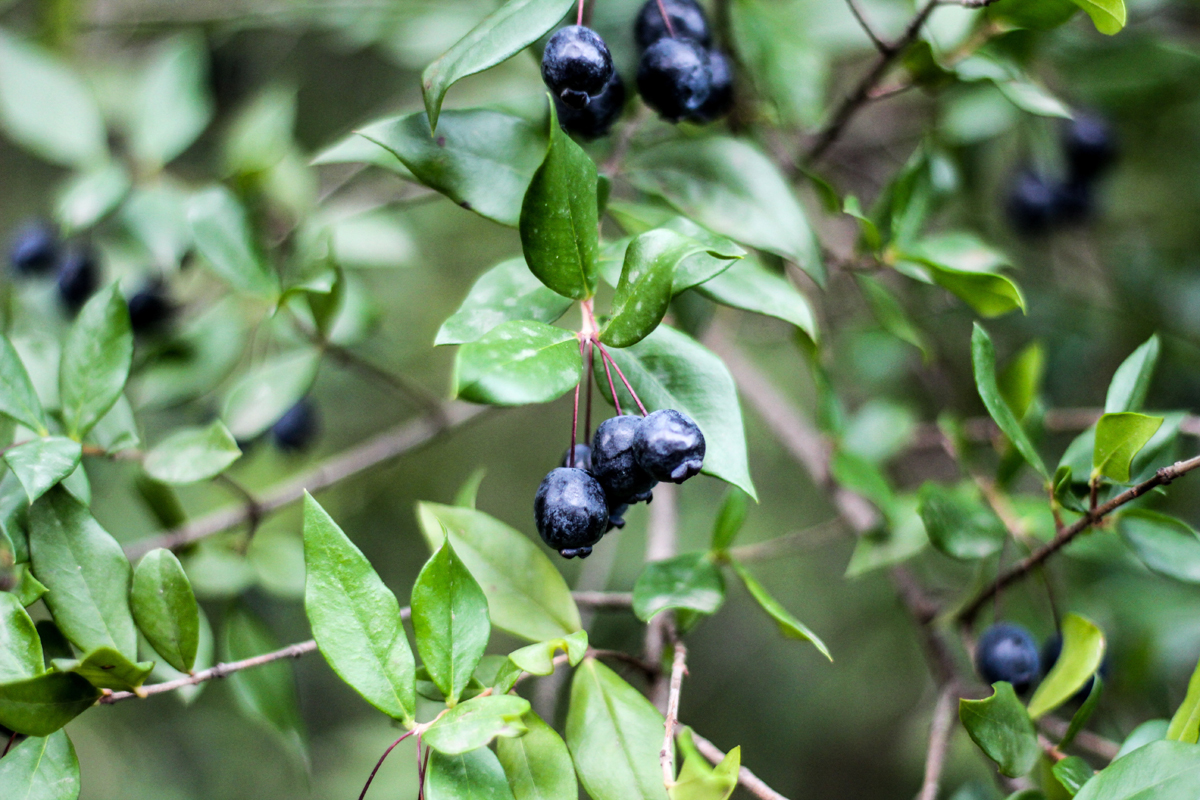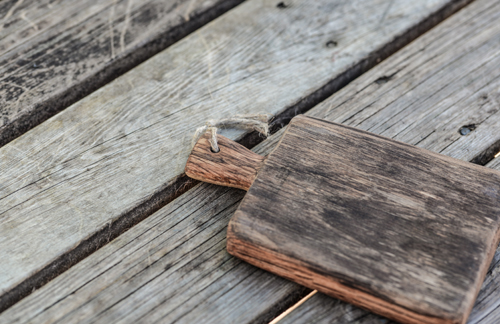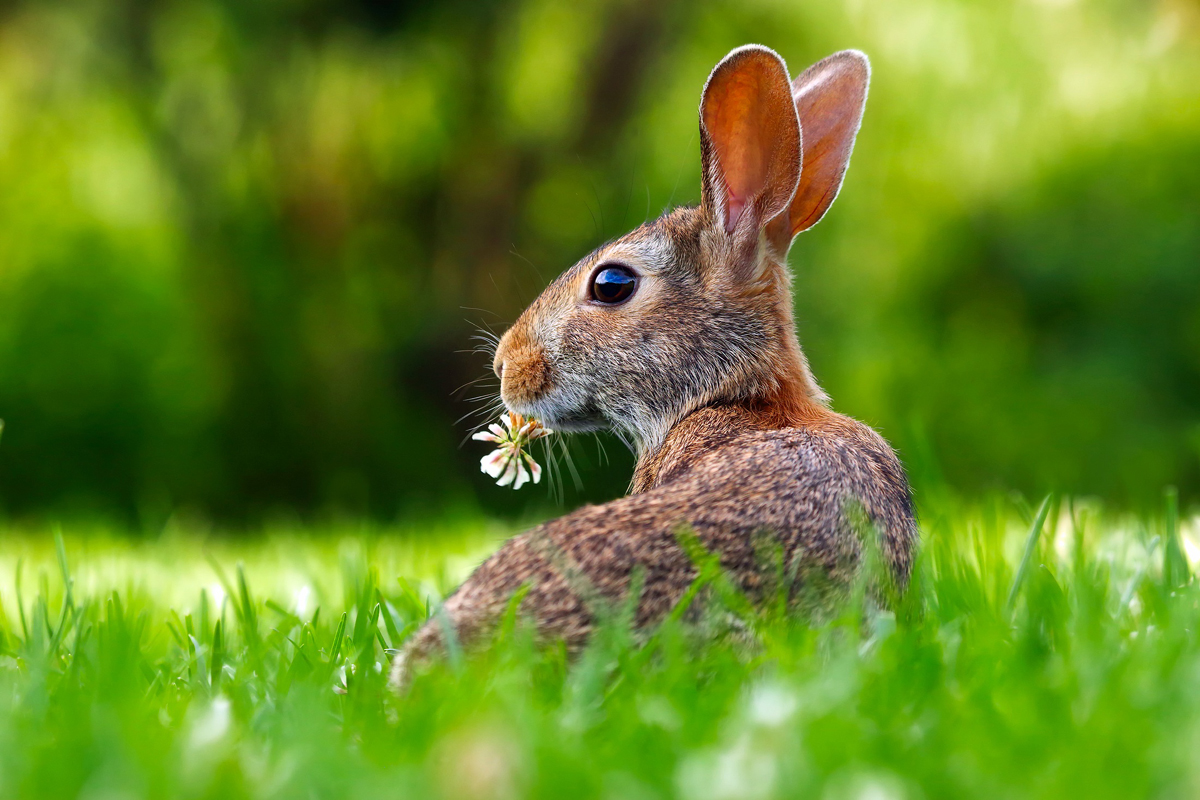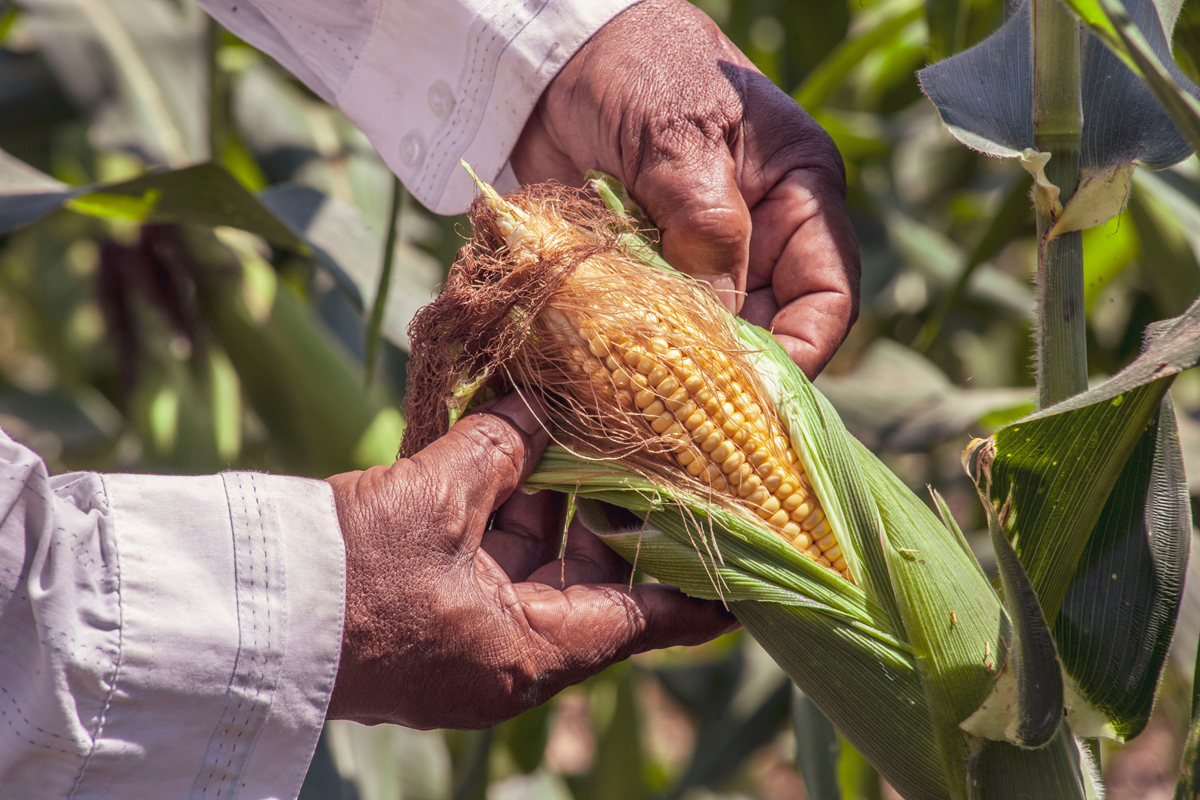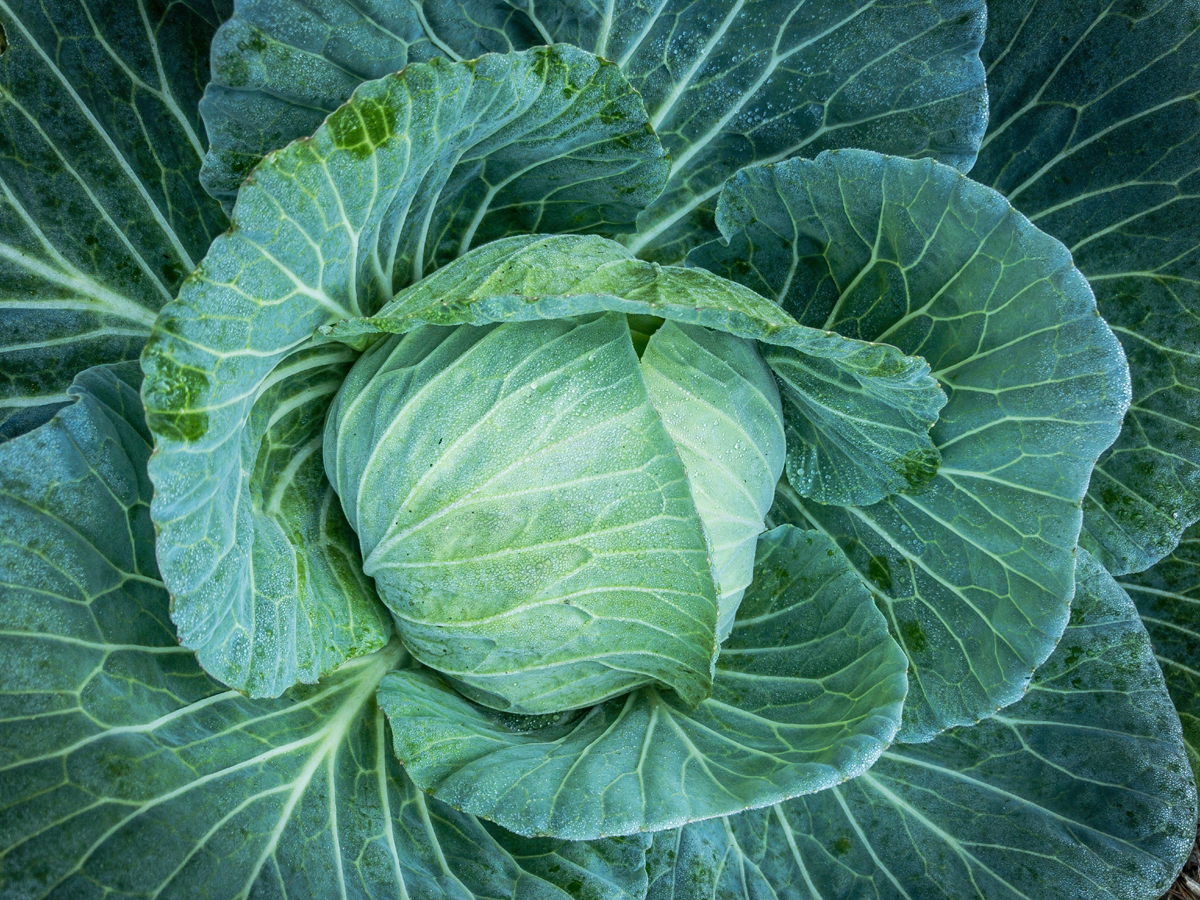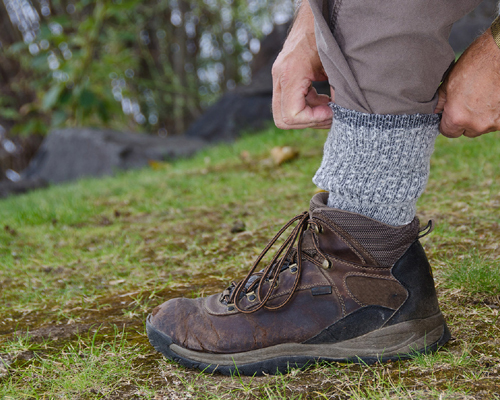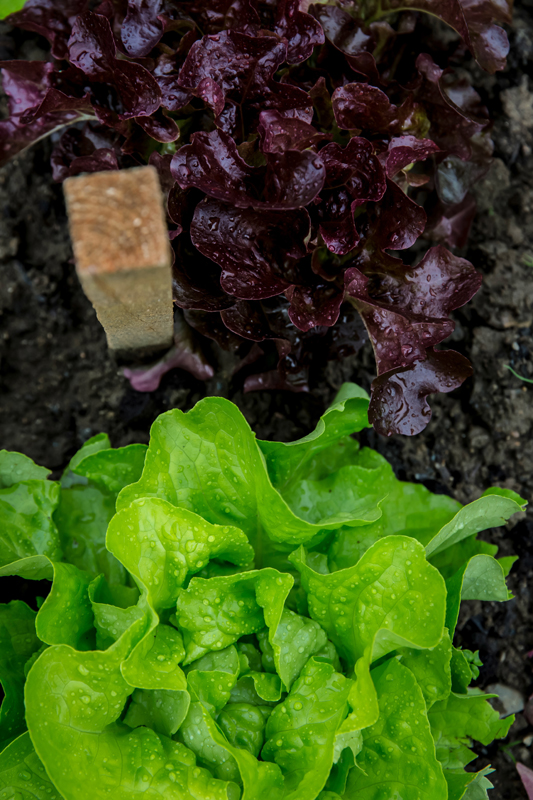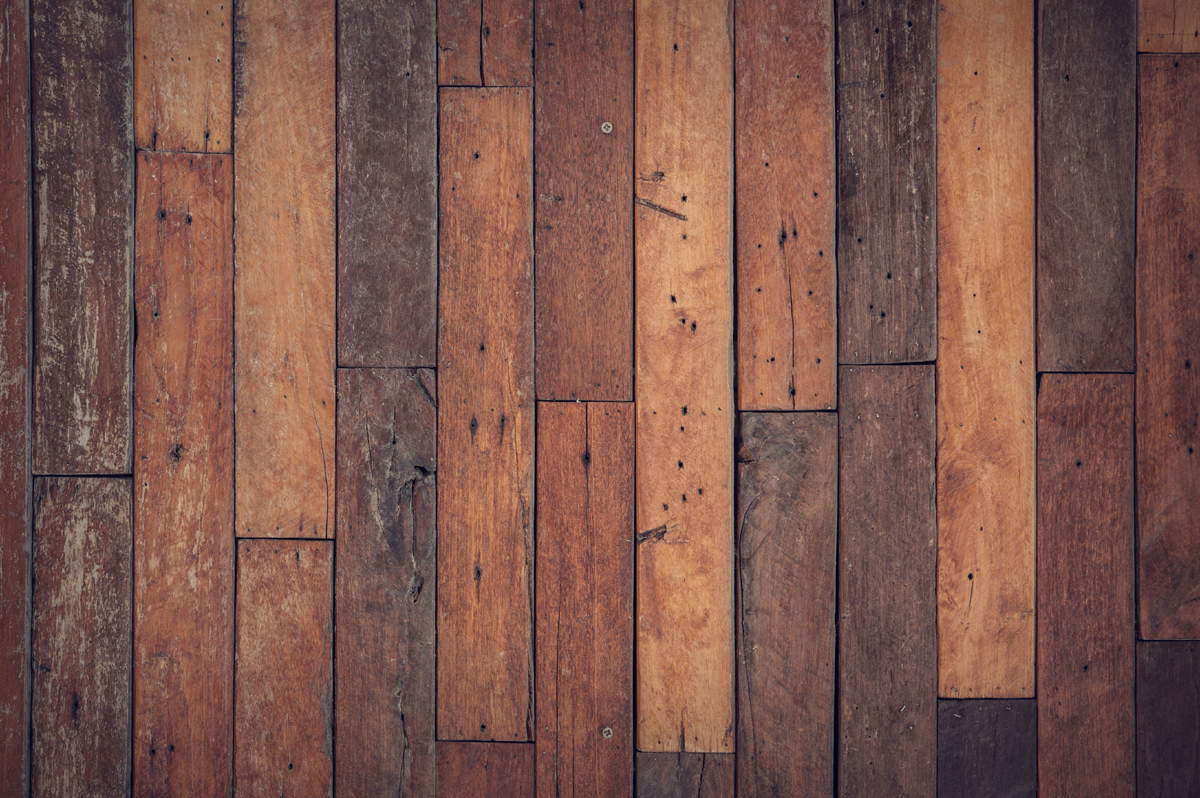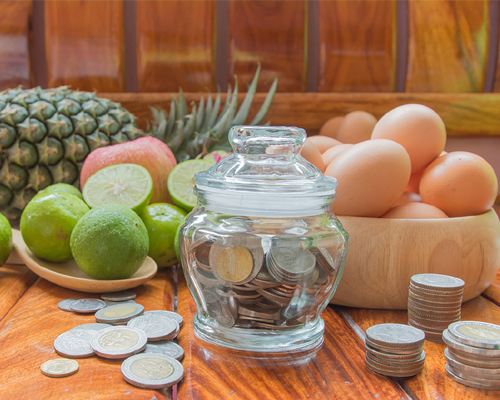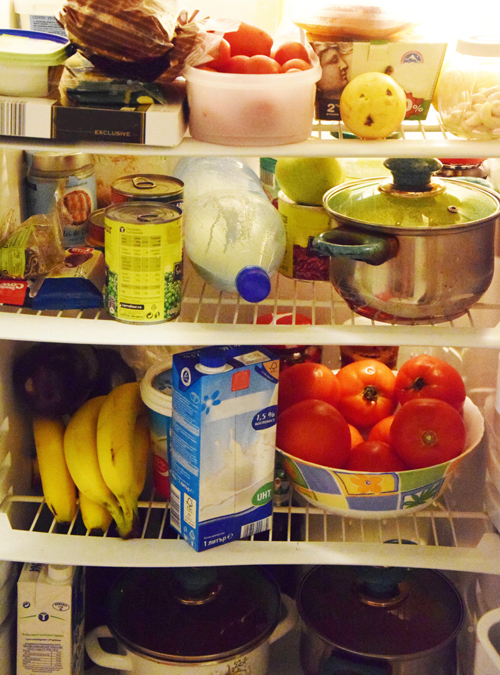Although traditionally growing Concord grapes requires a large amount of space there is an alternative method which will allow you to experience the joy of growing grapes in small backyard.
Category: Home and Garden
Embrace The Art of Home
Rosemary is ideal for growing in containers. Because they usually need to be brought indoors for the winter, they are a perfect choice for container gardening.
Blueberries are well known for fresh eating, pies, jams, jellies, syrups, juice, and baked goods such as blueberry muffins, pancakes and waffles. But, they are also baked into squash dishes and coffee cakes. Backyard growers and small farms prosper by offering blueberries as a u-pick crop, and by creating one-of-a-kind value-added blueberry products such as pancake mixes, or blueberry flavored organic yogurt and ice cream.
Our trip proved very successful, providing fresh flavors, a number of crafts that served both practical as well as interior design related purposes, and even a bit of unexpected entertainment to top it all off.
These three simple steps will help you safely repel rabbits so you can fully enjoy the beauty and bounty of your outdoor space.
Improve your home garden with vegetable rotation. Discover the benefits of balancing the soil, reducing diseases, and optimizing crop growth.
In this article we’ll reveal how to grow cabbage, and when the best time to harvest.
Protect yourself from tick-borne diseases by knowing how to safely remove ticks. Get step-by-step instructions for safe tick removal.
When families eat together, children grow up happier and healthier and teens build stronger relationships with their parents.
Lettuce is easy to grow and a good crop for the beginning gardener. Start growing lettuce with these tips.
Some wood floors are impressively resilient, and if they have updated sealants, they might be salvageable even when they’re obviously warped.
Toothpaste has some amazing household and personal uses. These 16 toothpaste uses will have you reaching for a tube next time you’re in a pickle.
Want to eat healthy without breaking the bank? These money-saving tips will help you save on groceries while still enjoying nutritious meals.
Pets, particularly dogs, are notorious for scratching up wood flooring. They can slip on wood flooring too, especially when they get older.
How often do you sift through your refrigerator looking for the little jar?Here are 12 different tips on how to organize your refrigerator cheaply and smart.

